The Omega Alaska Project History Lesson
Omega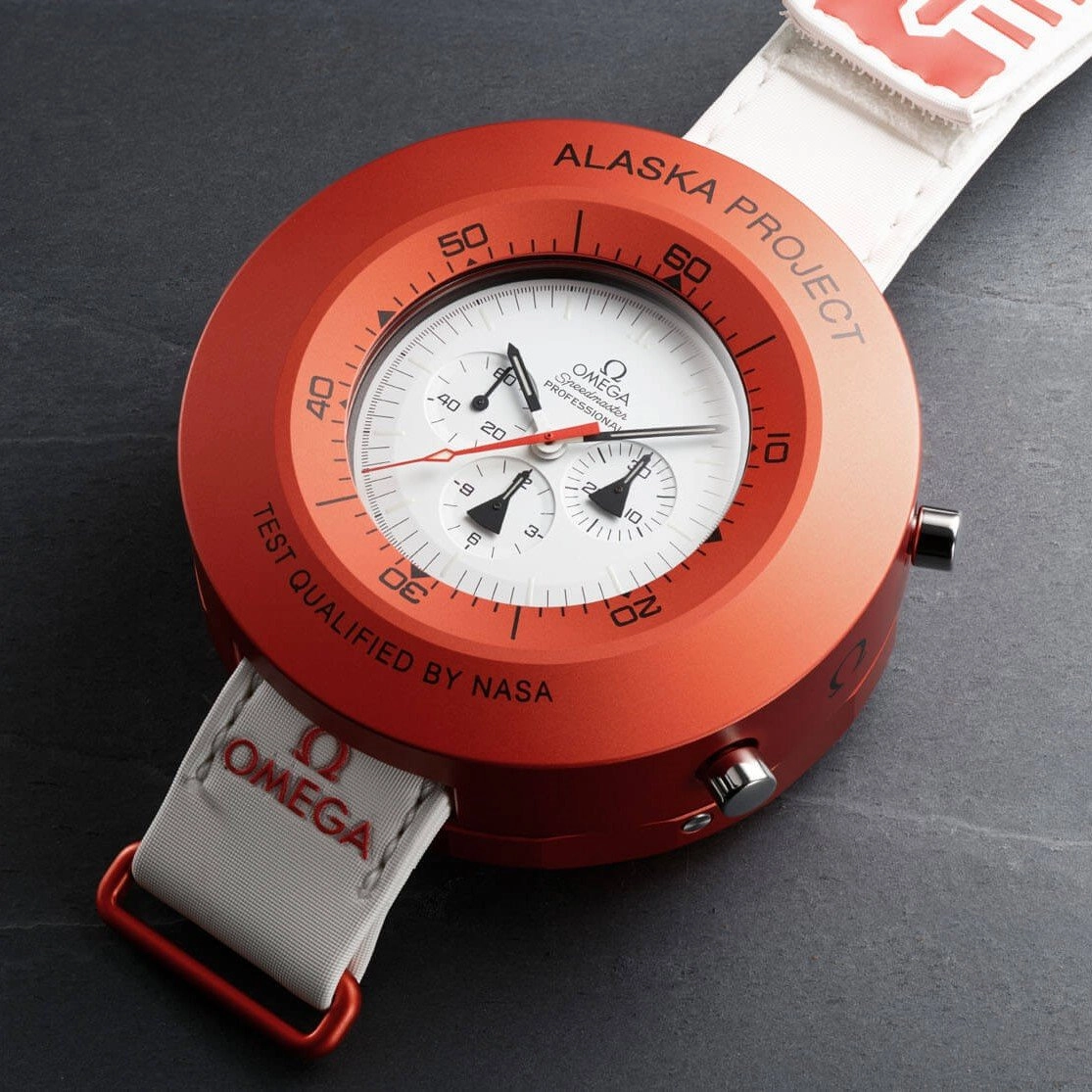
The Omega Speedmaster’s connection to NASA and spaceflight is legendary among the collector community. It was serendipity that this watch model found itself first orbiting the earth in 1962. Astronaut Wally Shira, whose family tree on his father’s side passed through Switzerland, flew with his personal Speedmaster aboard a Mercury-Atlas 8 mission. Omega was not even aware that its product had “slipped the surly bonds of earth” until executives saw a photo of a Speedmaster on the wrist of an orbiting astronaut.
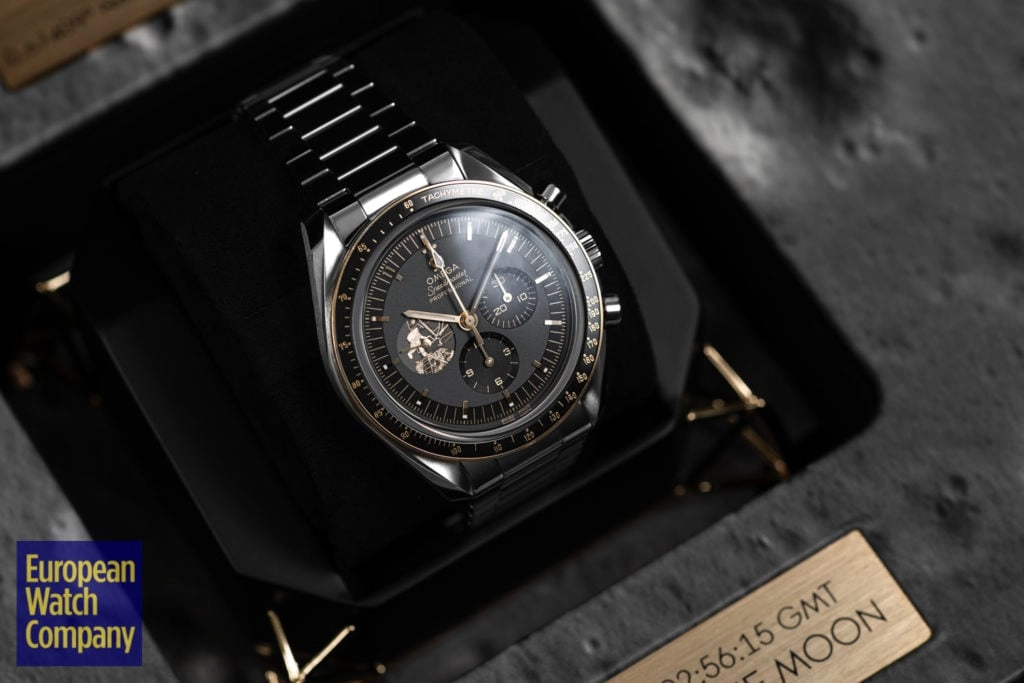
Omega Speedmaster Apollo XI, a recent nod to the brand's NASA collaborations
The Speedmaster name was originally inspired by the target market for many chronographs: the racing community. But Omega did not hesitate to pivot and expand upon the reputational benefits from serving in outer space. In 1965 Omega, along with Rolex, Longines and Hamilton submitted timepieces to NASA for testing. To become “flight-qualified by NASA for all manned space missions” a watch had to pass eleven individual tests, including six shocks of 40g each from six different directions. Passing this test would mean a watch would typically survive even if it experienced five times the forces associated with extreme, emergency spaceflight circumstances (such as a Soyuz ballistic emergency reentry). The Omega Speedmaster reference 105.003 was the only watch to pass NASA testing and earn flight qualification for space.
The launch of Apollo 2 in 1966 marked the transition from earth orbiting missions to moon landing missions. Near-earth spaceflight fundamentally differs from lunar transit. For example, during the four days it took to travel the 240,000 miles to the moon, a spacecraft would heat to over 392 °F (200 °C) on the side facing the sun but would cool to below −148 °F ( -100 °C) on its dark side. A temperature differential of over 500 °F across the surface of the spacecraft would create enormous materials stress with potentially disastrous results. In order to address this danger the craft engaged in a “barbeque roll” (its technical name was Passive Thermal Control). Like a chicken on a rotisserie, the craft would rotate along the axis defined by its path of travel, thereby maintaining a more uniform temperature across its surface.
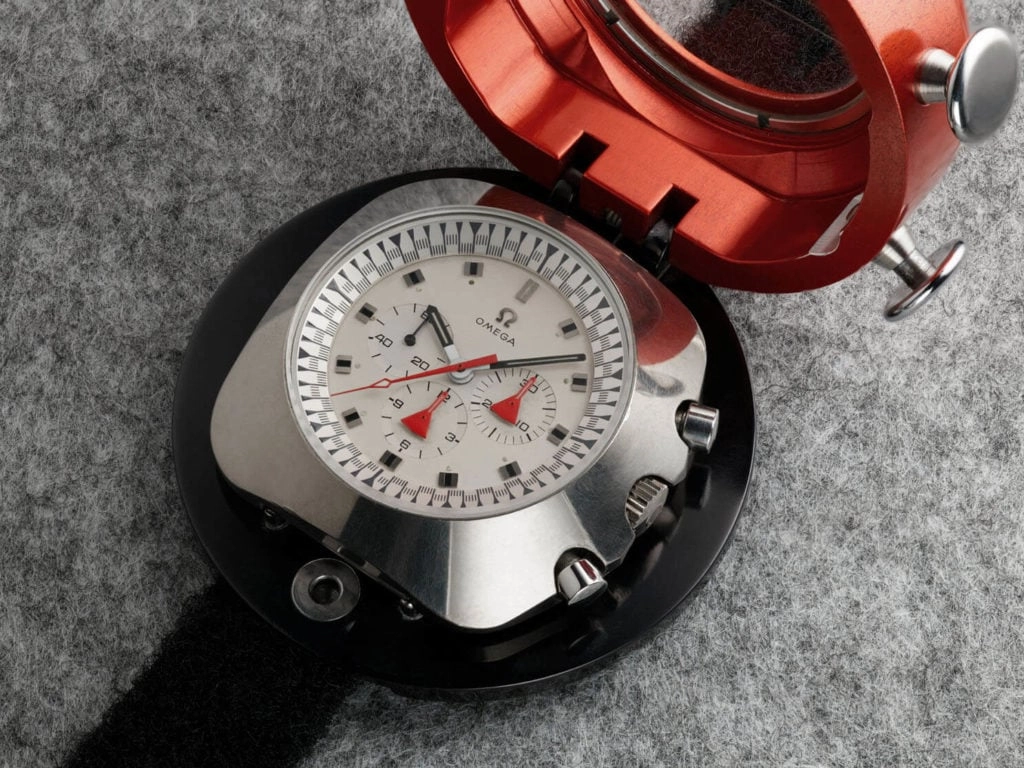
During this era Omega decided to develop a watch purpose-built for the environment of space and emerging lunar mission requirements. The effort was code-named the Alaska Project in order to obscure the intended customer. According to the Omega Museum director, the project was arbitrarily named “Alaska” and it did not have any connection to the U. S. state of the same name or its environment. The project created four examples of the Alaska 1 (Prototype) reference 5-003 in 1969. This watch was not a Speedmaster and did not include that name on the watch face. It did, however, share the same movement with contemporary references of the Speedmaster: the calibre 861.
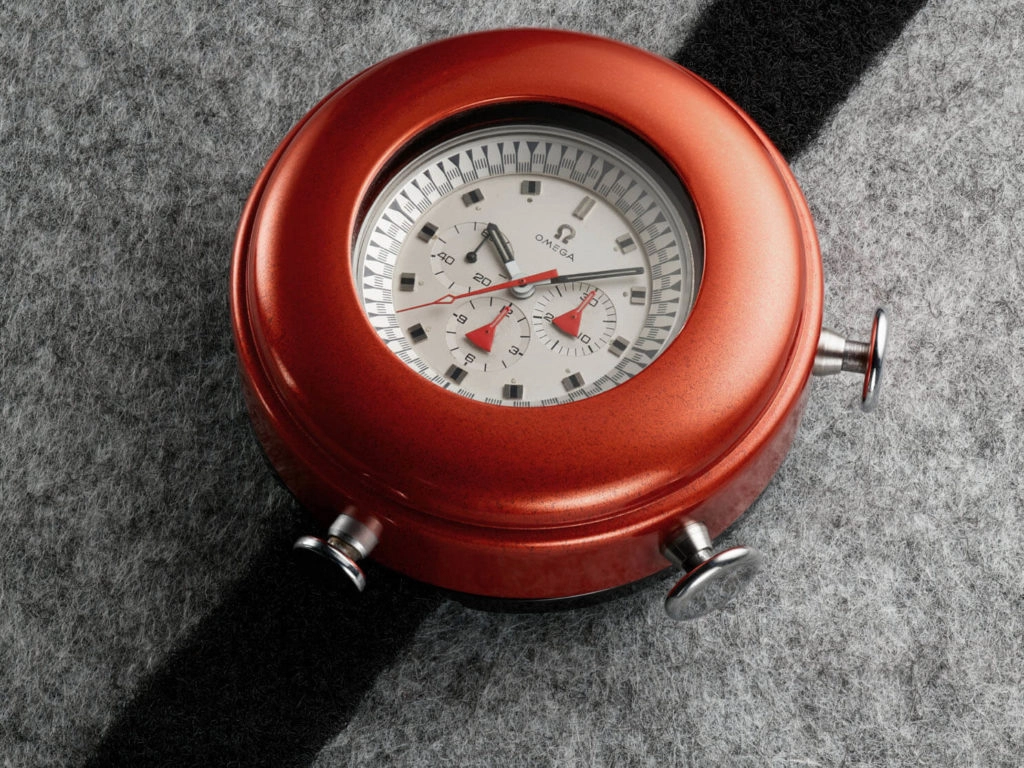
The Alaska 1 offers other connections to the Speedmaster. It is a three register manually wound chronograph with baton hands. In most ways, though, the Alaska 1 is a completely different animal. The case is titanium, which is more temperature resilient, lighter and stronger than the Speedmaster’s steel case. It was also larger, at 44mm, cushion-shaped, and wildly asymmetric on the back. The left side is arched inward in a gentle crescent shape which is carried through at the right side. The round pushers are unguarded while the crown is guarded by a recess sunk into the case.
On the Alaska 1 there is no tachymeter bezel and finer increments of time are marked by an internal sloped bezel. The cumulative elapsed minutes and hours of the chronograph complication are indicated by unique funnel-shaped markers, in red, which evoke the silhouette of the Command Module – Launch Escape System portion of the Apollo spacecraft stack. This shape is repeated at major time increments on the bezel as well.
The most striking feature of the Alaska 1 is a clamshell “heat shield” case for the watch made of anodized aluminum. The case was designed to narrow the temperature range experienced by the timepiece much as the “barbecue roll” levelled a spacecraft’s surface temperature. In an Alaska Project patent Omega observed, “in the case where the watch is not protected by the casing, its temperature arises, if it is exposed to the rays of the sun, from 40C to +106C in a duration of 3 h 22 while, as shown in FIG. 4, it goes only to +36C, coming from 20C, in 2 h 51, if it is protected by the casing.” (Patent US3740944A). Because the dial could not be covered by the aluminum shield it was coated in white zinc oxide which dissipates solar rays. The shield itself was red, perhaps as a reference to the “meatball” version of NASA’s insignia (the official explanation: this color best contributed to heat dissipation). It had round pushers, one at 6 o’clock to open the clamshell, and two at 10 o’clock and 2 o’clock to operate the chronograph function. The pushers were large and well-spaced which allowed for manipulation with gloved hands.

In 1972 Omega introduced a major update in the Alaska Project II (Prototype) reference ST 145.022. With this iteration Omega reverted to a far more traditional Speedmaster formulation. Still powered by the calibre 861, the case of the Alaska Project II case was steel and round. The risk of bright reflections in space was mitigated by micro-bead sandblasting to achieve a matte. The Alaska II inherited spacecraft silhouette hands from the Alaska I although here it was black and included in all three registers (seconds, cumulative minutes, and cumulative seconds). “Speedmaster Professional” was printed on the white dial for the first time.
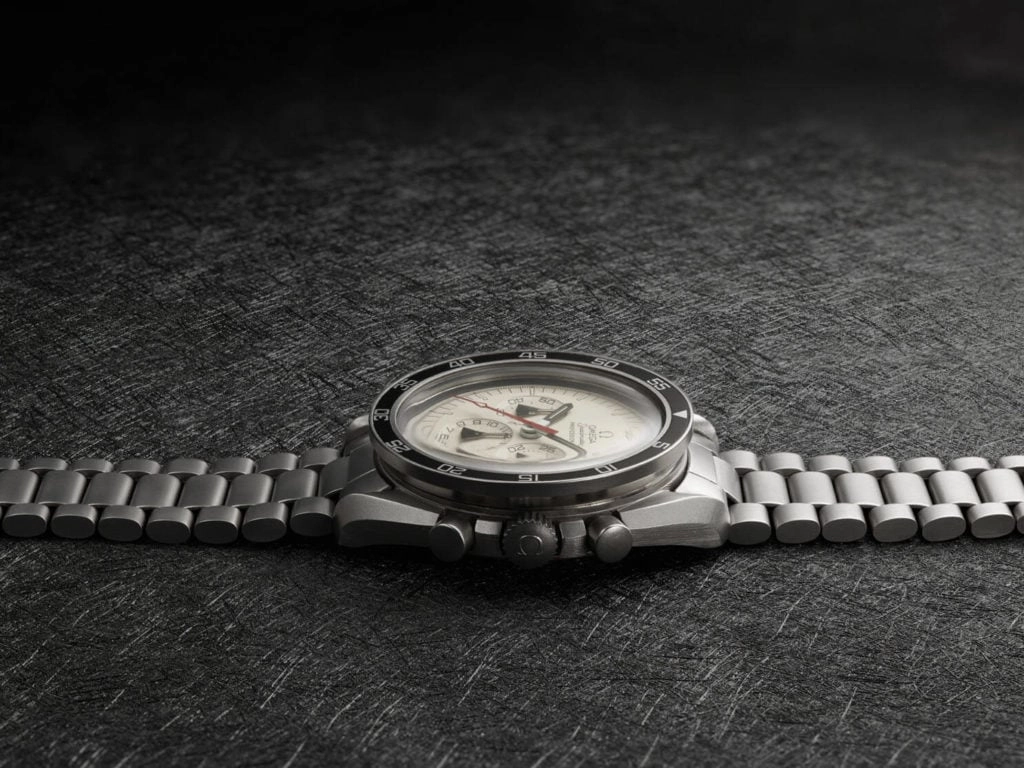
While some examples with a tachymeter bezel exist, a rotating bezel with minute indicators was also available and far more functional in outer space. The heat shield was largely unchanged although the clamshell hing and six o-clock opening pusher were eliminated in favor of twist locking threads for the two pieces. A minute scale with white background was also printed on the shield’s dial aperture, thereby enhancing functionality.

NASA never formally procured the Alaska Project references and these watches did not progress beyond prototyping. In 2008, though, Omega decided to finally issue a version of these timepieces in the Omega Speedmaster Professional “Alaska Project” Limited Edition reference PIC 311.32.42.30.04.001. Produced in a run of 1,970 pieces for a retail price of $5,000, the Alaska Project LE was a direct descendant of the Alaska Project II in many ways, including in its use of the caliber 861. The hands of the registers follow the layout on the Alaska Project 1 although they were now each black. The steel case is classic Speedmaster with a tachymeter bezel.
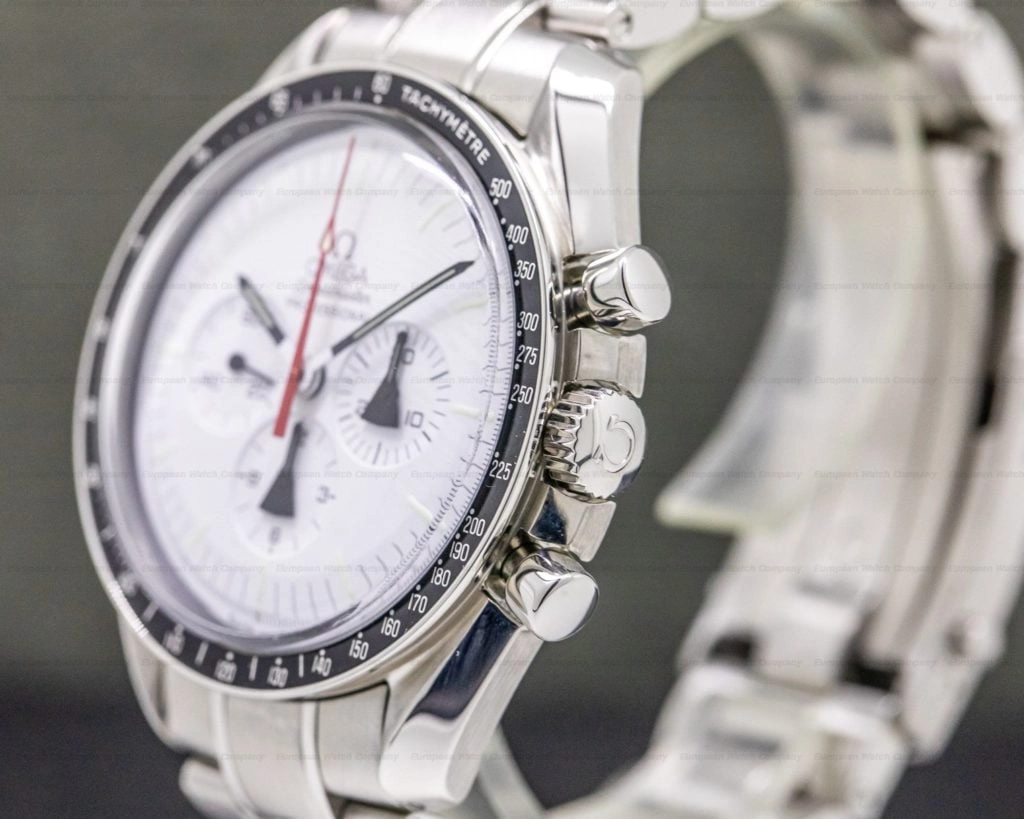
In this reference the bezel forms the top of a groove which integrates with the heat shield. An extensive set of markings are included on the red, screw lock, heat shield, including “Alaska Project,” “Outer Space Extreme Temperature Instrument,” an Omega logo near the crown, and “Temperature Resistance [-148°C - +260°C ].” While practical reasons for having this type of temperature protection are hard to imagine they do exist (for example, oil well firefighting and East Arctic Peninsula exploration).

The Alaska Project is a testament to the incredible quality and versatile robustness offered by Swiss timepieces. Though the Speedmaster movement was not primarily designed for operation in space, it did so nonetheless. Omega’s investment in the Alaska Project commitment to tool watches developed for the most extreme circumstances. These include moon exploration and other extravehicular activities in outer space. Collectors have a valuable opportunity to include this heritage in their watch box with the Omega Speedmaster Professional “Alaska Project” Limited Edition.